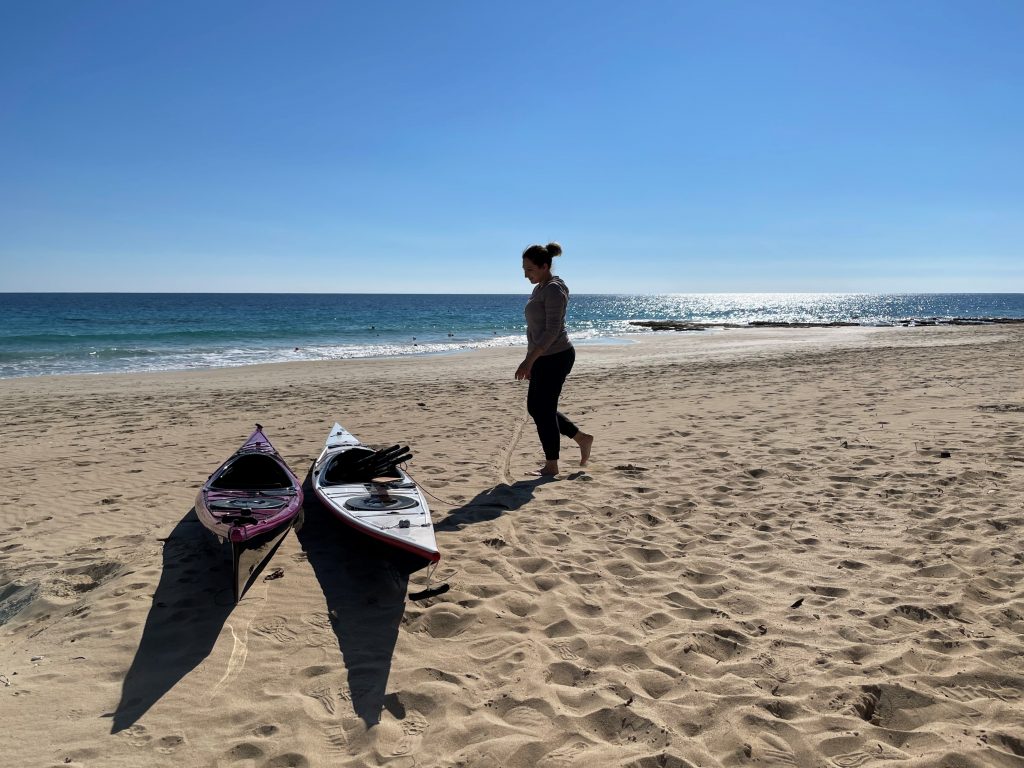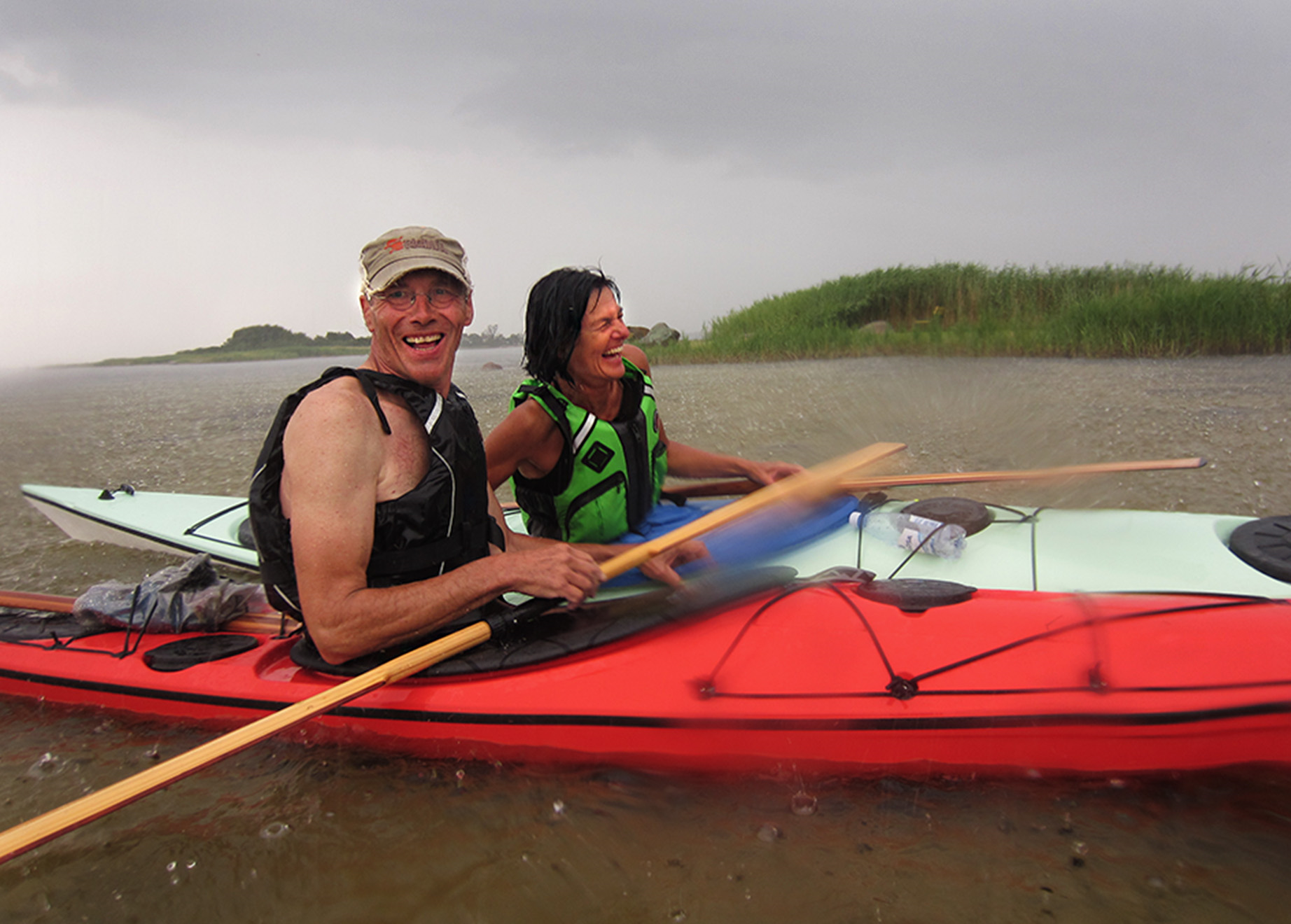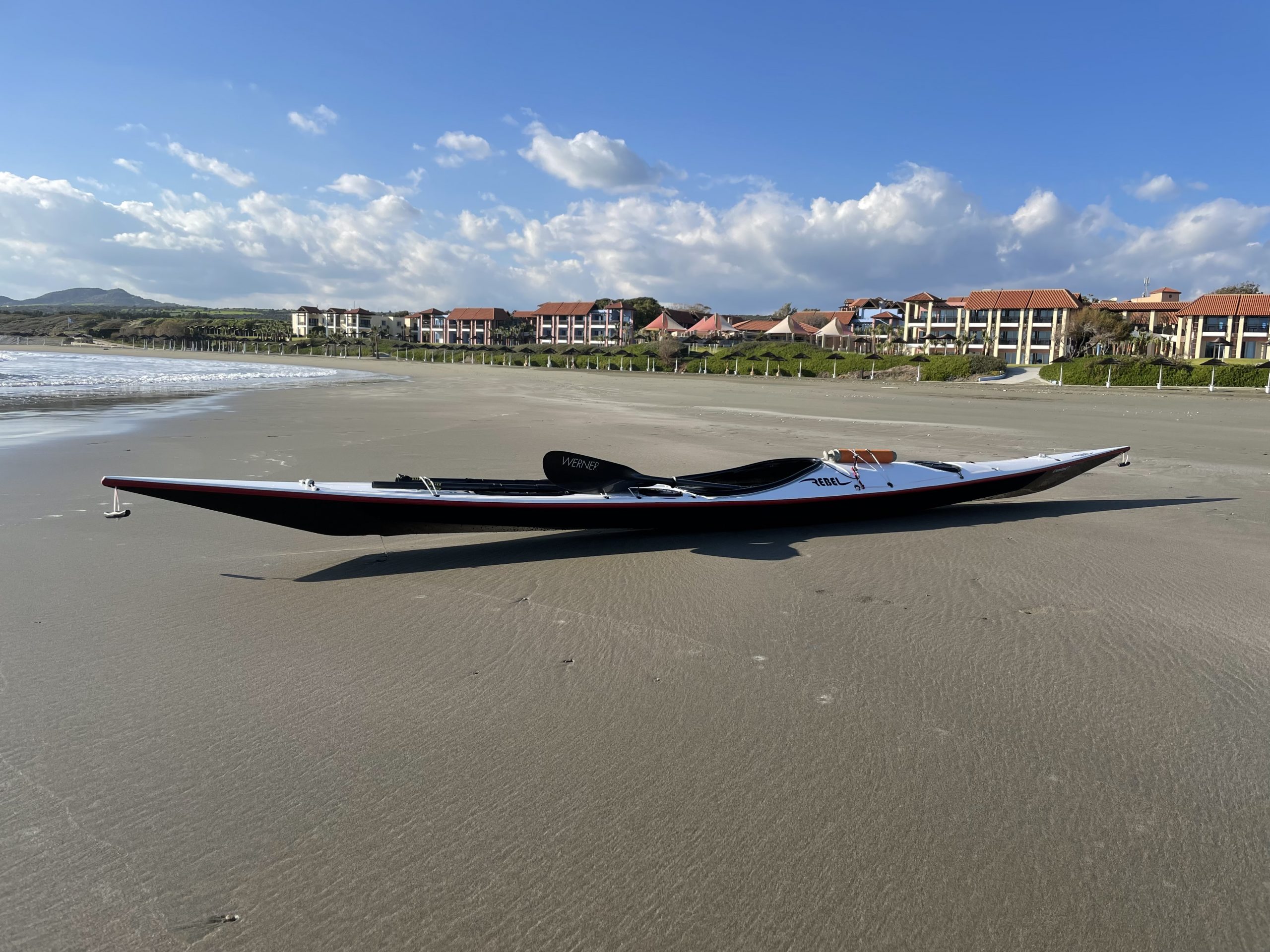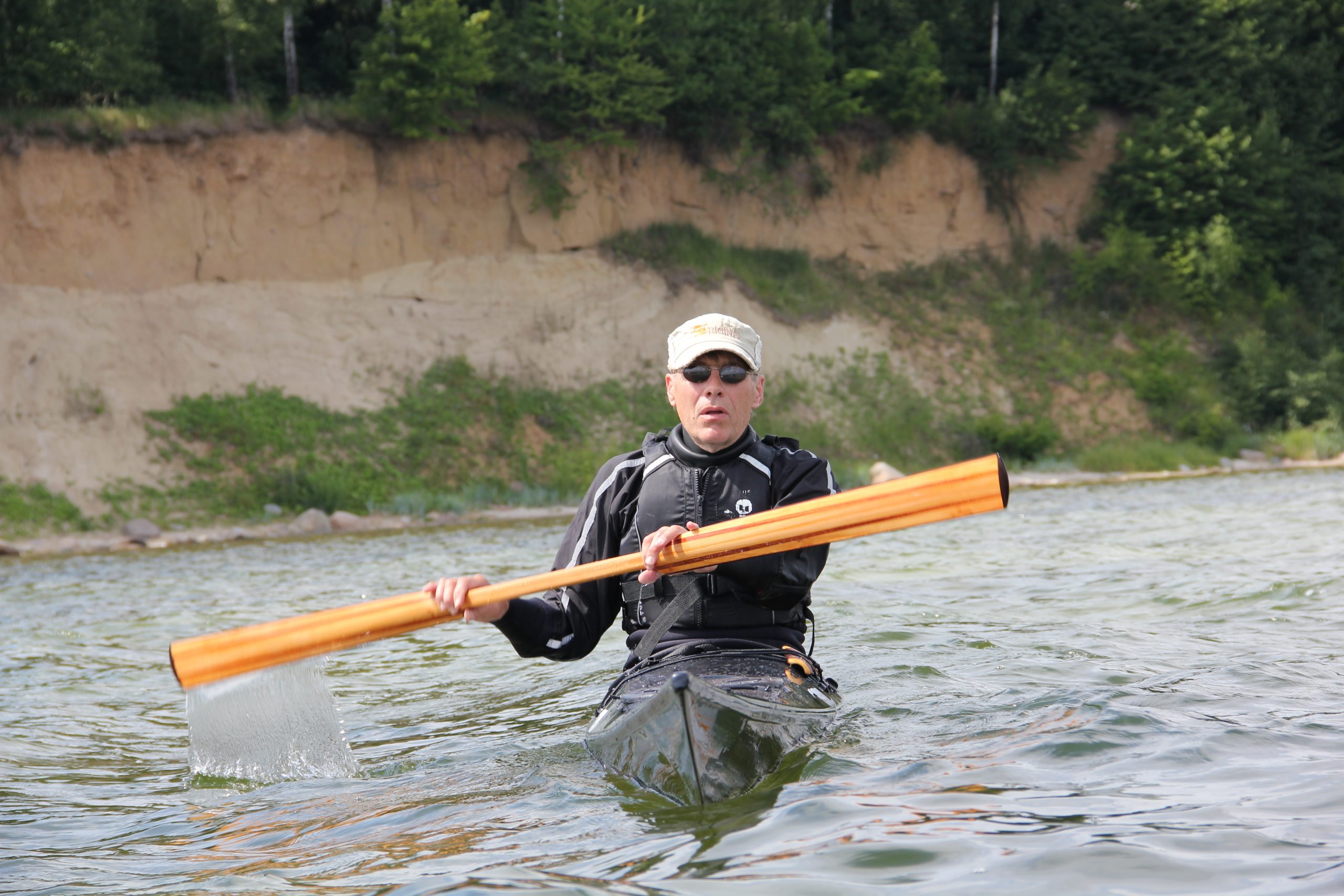Johan Wirsén is a profound professional in sea kayaking industry. His name has been inextricably associated with the design and construction of various boats, especially with Rebel kayaks. Due to our consistent communication with Johan during recent years, we have asked for an interview about the Rebels, their design philosophy and sea kayaking in general. Johan immediately accepted, and we are happy to share his answers with you.



SEGT: Firstly, Johan, we would like to thank you for this opportunity. Rebel has been present at the sea kayak market for almost a decade now, gaining more and more fans around the world in the process, from demanding kayakers to people who just want to enjoy the sea-kayaking experience. Where do you think the Rebel success is attributed to?
Johan Wirsén: First of all, I would like to thank you for the trust we at Rebel Kayaks have received from you as you are now also part of “the Rebel team”.
The question might be best answered by yourself as you have now chosen to be a part of it all.
But personally, I think it has to do with the fact that we have tried to adapt the size of the kayaks to the paddler as much as possible. It was a long time since I realized that the experience of the paddle trip became so much greater if I could get the feeling that the kayak became an extension of myself. I saw all too often that women in particular paddled in oversized kayaks. The market is full of kayaks designed by larger older men and therefore often too large. I am of the opinion that you should sit “in” the water and not “float” on top. I also believe and hope that we have found a good balance between quality, choice of material, and price for our kayaks. A kayak should also be bought with eyes and heart, therefore the design is important and should then also last over time. I am also glad that we can produce the kayaks in Europe where we also find all the material.
“The materials we work with today are constantly being refined and construction technology is developing at the same pace.”

SEGT: Would you say that the evolution of the classic Greenland hull has reached its peak, or you believe that we may see some tweaks in the future?
Johan Wirsén: Would say that development is always going on with everything we humans do. Therefore, there will probably be new interpretations in the future as well. My journey to start building “Greenland kayaks” consisted of building according to drawings and measurements at first, but pretty soon it became clear to me that I am far too tall and at the same time not physically so strong by nature that it worked in practice. Therefore, I have experimented a lot with shape and displacement to find a feeling that would appeal to me. Then it is the case that there is not just “a” classic hull. Around the coast of Greenland, it is like here along our Swedish coast, that in almost every bay, people have historically built boats based on their own role models. And that’s what’s so fun to explore and take part in. Therefore, it has become so that the latest boat I built is an interpretation of a Sàmi small portable rowing boat with about 1000 years of history.



SEGT: Adding to our previous question, which innovations, or even improvements we might see in the evolution of sea kayaks in years to come (e.g., construction, materials, deck fittings etc.)?
Johan Wirsén: As I see it, it has a lot to do with finances. The materials we work with today are constantly being refined and construction technology is developing at the same pace. As a curiosity, I can mention that I am involved in a project where we will build a prototype kayak in stainless steel with a weight around 20-25kg.
SEGT: In recent years, sea-kayaking seems to have regained some of its popularity as an adventure sport. However, at the same time, it is overshadowed by other paddlesports, such as SUP. Be that as it may, to whom is sea-kayaking for, and how could it become even more widespread?
Johan Wirsén: What is acceptable price for a kayak? People and trends also change over time. The last two years of the pandemic in Sweden have meant that many more kayaks have been sold. People have simply wanted to be more out in nature. Canoeing is then a fantastic way to experience nature up close. I neither see nor want to divide the paddling into different groups, but just that everyone who tries, finds their own way, and hopefully finds pleasure and development. Many of us dream of that long paddle trip, but most of the time maybe the little trip in the bay back home is what gives the most pleasure.
SEGT: Which are your main priorities when designing the Rebels, and how does a naval engineer manage the inevitable compromises? Can a kayak be stable, user friendly, fast, and agile at the same time?
Johan Wirsén: As can be seen from the question, it is a compromise that you ball around with as a designer. Without immersing myself too much, you can easily say that you lose speed with increased stability, while you can paddle safely when the wind starts to pick up. By lowering the center of gravity, you get increased stability for the paddler without increasing the width of the kayak. As for top speed, it is less interesting for me, but I usually look more at the resistance through the water at speeds of 3.5 – 4 knots. It is here in this speed area most paddles will fit in, and can paddle even on longer trips. If you then have good contact with your kayak, it feels more stable and you feel safe. Our kayak “Ilaga” is one of the most easily operated kayaks in this speed area. Rebel’s origin for me has always been to make the kayaks I paddle myself.
“During the year 2022, a variant of the Gnarly Dog will come with an elevated deck for the larger paddler.”

SEGT: Could you give us an insight or a hint of what to expect from Rebel in the future?
Johan Wirsén: During the year 2022, a variant of the Gnarly Dog will come with an elevated deck for the larger paddler. I also work with a smaller kayak for young people / teenagers. I do not know when these kayaks will be marketed as the order intake is large.
SEGT: Johan, it goes without saying that we would be very happy to have you, and paddle together in Greece and Cyprus. We have just one more question for you: We understand that each one of the Rebels has a special place in your heart. However, is there a model you would consider as your favorite and why?
Johan Wirsén: Ilaga. Simply because it is designed for myself under the conditions and knowledge I had then. I had built quite a few kayaks before that, but put a lot of focus on compiling this into a kayak for myself. My size 189cm, weight 85kg. I still paddle Ilaga on the shorter trip up to a couple of days and still have space for the equipment I need. For longer trips I take my Husky which has more space. But Ilaga is the kayak that will probably always be most in love with me as it has also given me so much more than just kayaking. It has meant that I have also met so many nice and talented paddlers, learnt more about paddling and skills and how a kayak works in the water.












